AO Edited
Knights of the Golden Horseshoe Markers
On the side of a Virginia highway, a collection of monuments commemorates an 18th-century trek through the Blue Ridge Mountains.
Early exploration of North America by European colonists on the eastern seaboard of the United States is often overlooked in the grand view of colonial history. In August 1716, British Lieutenant Governor of the Virginia Colony Alexander Spotswood led the first official expedition to explore the areas over the Blue Ridge Mountains. He left the colonial capital of Williamsburg and headed north, then west beyond the headwaters of the Rappahannock River to crest the Blue Ridge Mountains in hopes of finding a potential inland passage to the Great Lakes.
Along the way, the Governor stopped to visit prominent Virginians and gather additional men for the journey west to discover (from a European viewpoint) what lay beyond the Blue Ridge Mountains that marked the westernmost edge of the Virginia Colony.
A total party of about 50 men, including Army officers, gentlemen, rangers, Native Americans, pioneers, and servants accompanied Spotswood. Along the way, they encountered hornets, hunted deer and bear, and generally enjoyed their foray into the wilderness.
On September 5, 1716, the party crested the first mountain chain in what is now called Swift Run Gap to peer into what is now the Shenandoah Valley. They descended into the valley following marks made on trees by Native Americans and camped alongside a river they named “Euphrates” but is now known as the South Fork of the Shenandoah River.
In the Shenandoah Valley, they observed the wildlife, fished, hunted, and imbibed a great deal of alcohol including red and white wine, rum, brandy, champagne, Irish usquebaugh (whiskey), cider, shrub (fruit liqueur), cherry punch, and canary (a sweet fortified wine). Spotswood also buried a bottle with a piece of paper in it that proclaimed the land was now in possession of King George I of England.
On September 7, 1716, the rangers continued exploring while the Governor and the rest of the company began their journey back to Williamsburg. Upon returning, it was noted that they used a large number of horseshoes which were not generally needed in eastern Virginia. The Governor presented each of his companions with a golden horseshoe bearing the Latin inscription Sic juvat transcendere montes, which roughly translates to “It is my pleasure to climb the mountains.” Those given horseshoes were commonly referred to as the Knights of the Golden Horseshoe.
Though not well known outside of the Virginia area, story and folklore live on in both Virginia and West Virginia. Three historical markers note the likely location where the exploration party crested the mountain and first saw the Shenandoah Valley. A pyramid-shaped monument was placed in 1921 by the Colonial Dames of America in the State of Virginia. A second monument constructed by the Virginia State Commission on Conservation & Development in 1934 and includes a plaque with a text by Gertrude Claytor memorializing the event. In addition, there is also a marker (D-10) placed by the Virginia Department of Historic Resources in 2004 that provides a short history of the expedition.
In reality, the party was not the first European explorers to visit the Shenandoah Valley, Native American tribes had long known of the beautiful valley and other Europeans had explored the area as early as 1670. Still, the Knights of the Golden Horsehoe tell a compelling story.
Know Before You Go
The markers are on the south side of Virginia Route 33 in the Swift Run Gap, roughly at the intersection of the Blue Ridge Mountains Skyline Drive and Route 33. If traveling south on Skyline Drive, turn left out of the exit.

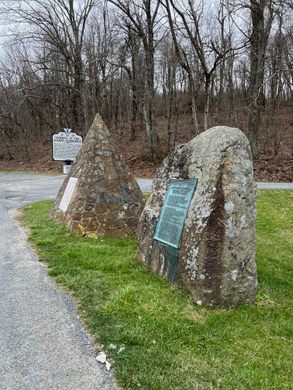
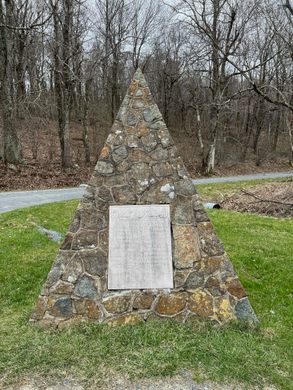
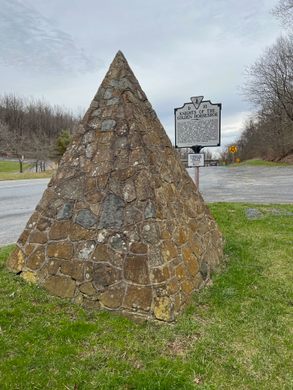
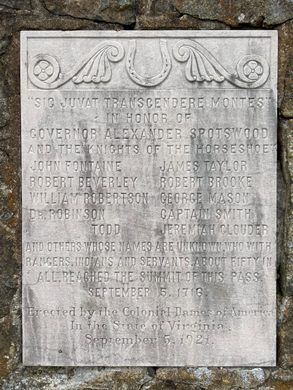
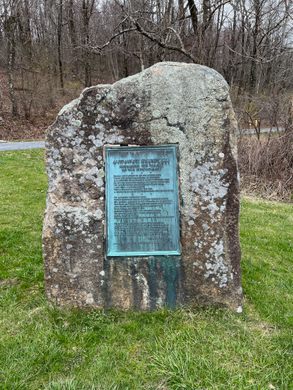
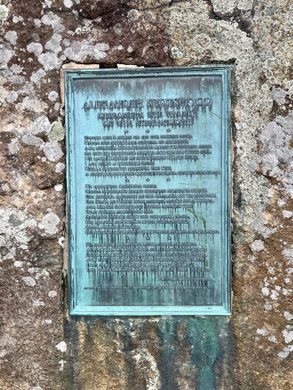
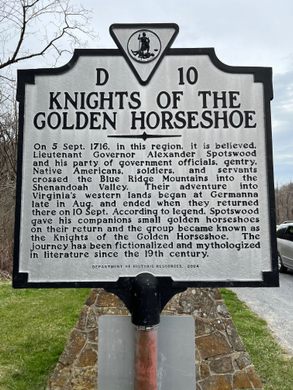
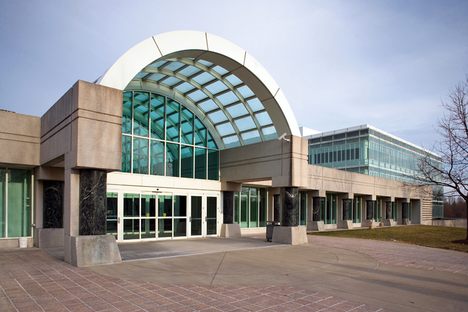





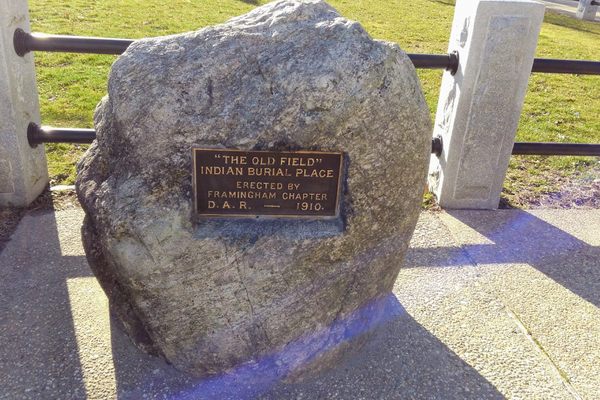
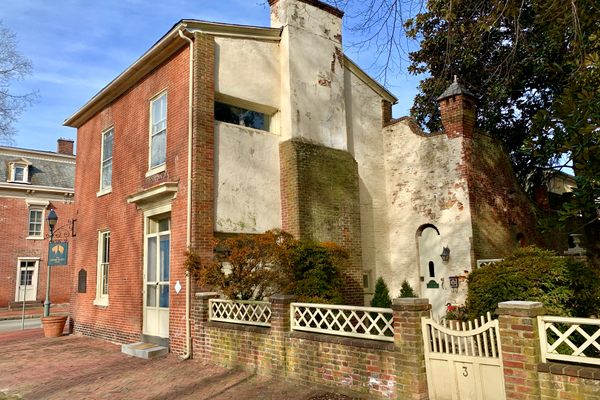



Follow us on Twitter to get the latest on the world's hidden wonders.
Like us on Facebook to get the latest on the world's hidden wonders.
Follow us on Twitter Like us on Facebook